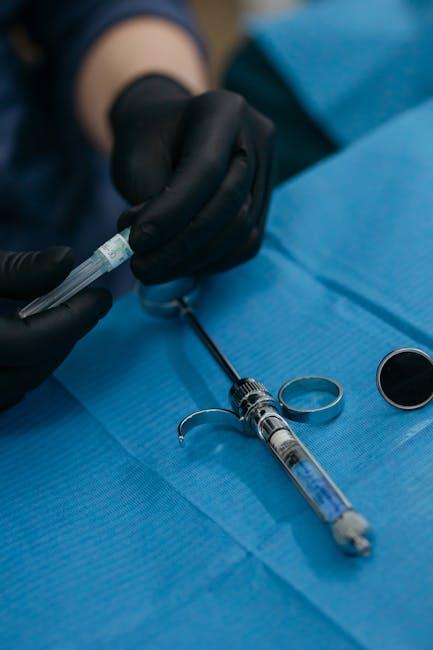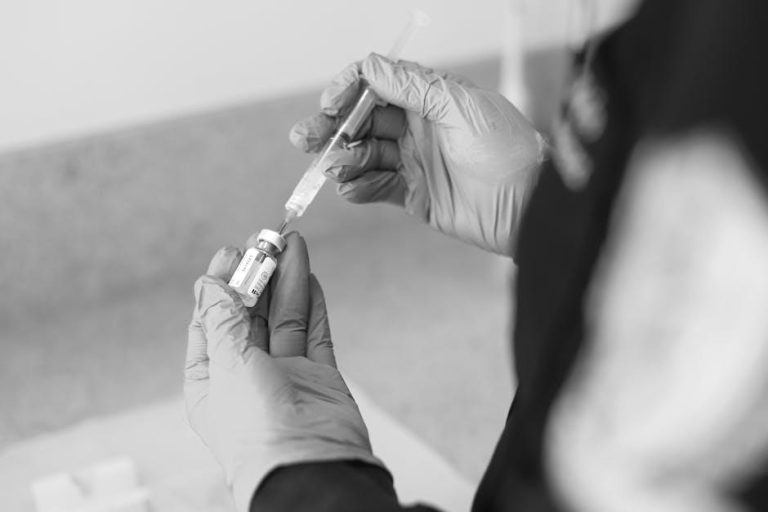
Dental Syringe Market Expected to Hit USD 2.5 Billion by 2032 with a Remarkable 5.16% CAGR – industrytoday.co.uk
The global dental syringe market is on course for impressive growth, anticipated to reach a valuation of USD 2.5 billion by 2032. Currently driven by technological advances, rising dental procedures, and an ever-growing demand for pain management in dentistry, this market is projected to expand at a steady compound annual growth rate (CAGR) of 5.16% between 2023 and 2032. For dental professionals, manufacturers, and investors alike, understanding the trends and dynamics influencing this growth is crucial.
Understanding the Dental Syringe Market
Dental syringes are key instruments used for delivering anesthetics during oral treatments, ensuring patient comfort and procedural precision. The market encompasses a wide range of products — from conventional manual syringes and safety syringes to advanced computer-controlled local anesthetic delivery systems.
Several factors are fueling market growth:
- Increased prevalence of dental disorders: Rising cases of dental caries, periodontal diseases, and oral surgeries have escalated demand.
- Awareness and technological advancements: The introduction of safety syringes reduces needlestick injuries, thereby encouraging adoption.
- Growing geriatric and pediatric patient base: Different syringe types designed to cater to sensitive populations.
- Government initiatives and increasing healthcare expenditure: Support dental infrastructure development.
Key Market Drivers and Trends
1. Rising Dental Procedures Across the Globe
With improved dental care accessibility and increased patient awareness, the number of dental procedures requiring anesthesia is on the rise. This naturally increases the demand for more reliable and safe dental syringes, driving market growth globally.
2. Technological Innovation in Syringe Design
Manufacturers are investing heavily in developing syringes that are ergonomically designed, more precise, and user-friendly. Innovations such as computer-controlled local anesthetic delivery systems allow dentists better control over dosage, minimizing patient discomfort and improving outcomes.
3. Safety Concerns Driving Adoption of Safety Syringes
Needlestick injuries and cross-contamination are major concerns in dental care. This concern has led to increased adoption of safety syringes that enhance protection for healthcare workers without compromising ease of use or efficiency.
Market Segmentation Overview
| Segment | Key Characteristics | Market Share (2023) |
|---|---|---|
| By Product | Manual Syringes, Safety Syringes, Computer-Controlled Delivery Systems | Manual Syringes – 45%, Safety Syringes – 35%, Computer-Controlled – 20% |
| By End User | Dental Hospitals, Clinics, Academic Institutes | Clinics – 50%, Hospitals – 35%, Academic Institutes – 15% |
| By Region | North America, Europe, Asia-Pacific, Rest of the World (RoW) | North America – 40%, Asia-Pacific – 30%, Europe – 20%, RoW – 10% |
Benefits of Using Advanced Dental Syringes
- Enhanced patient comfort: Precise dosage controls reduce pain and anxiety during procedures.
- Reduced risk of infection: Safety features and sterilizable components help prevent cross-contamination.
- Improved professional efficiency: Ergonomic designs and ease of handling speed up procedures.
- Cost-effectiveness in the long term: Durable materials and safety systems help reduce medical waste and related costs.
Practical Tips for Dental Clinics on Syringe Selection
Choosing the right syringe type can have a profound impact on practice efficiency and patient satisfaction. Here are some tips:
- Assess patient demographics: Use specialized syringes for pediatric or geriatric patients to minimize trauma.
- Prioritize safety features: Adopt syringes with retractable needles or other protective mechanisms to minimize occupational hazards.
- Invest in training: Ensure dentists and assistants receive hands-on training to maximize syringe functionality.
- Keep up with innovations: Regularly evaluate new products that offer improved control and comfort.
Case Study: Adoption of Safety Syringes in a Leading Dental Clinic
Background: A prominent dental clinic in London switched from traditional manual syringes to safety syringes in 2022, aiming to improve occupational safety and reduce accidental needle sticks among staff.
Outcome:
- Reported a 70% reduction in needle-stick injuries within six months.
- Enhanced patient confidence and reduced anxiety about the procedure.
- Improved regulatory compliance and boosted staff morale.
This successful transition highlights how integrating advanced dental syringes can simultaneously benefit patient care and staff safety.
Future Outlook and Market Opportunities
The dental syringe market is poised for sustained growth through 2032, powered by:
- Increasing awareness of oral health globally.
- Emerging markets expanding healthcare infrastructure.
- Continuous innovations in syringe ergonomics and safety.
- Integration of digital technology to enhance precision.
Companies that focus on research and development, stronger distribution channels, and regulatory compliance will be well positioned to leverage this growth.
Conclusion
The dental syringe market presents exciting opportunities amidst a growing demand for safer, more efficient, and patient-friendly devices. Expected to reach USD 2.5 billion by 2032 at a CAGR of 5.16%, the industry’s future looks robust. Dental professionals and manufacturers who embrace advancement and prioritize safety will be the key beneficiaries of this expanding market.
Stay tuned with industrytoday.co.uk for further updates and insights on this dynamic healthcare segment.


